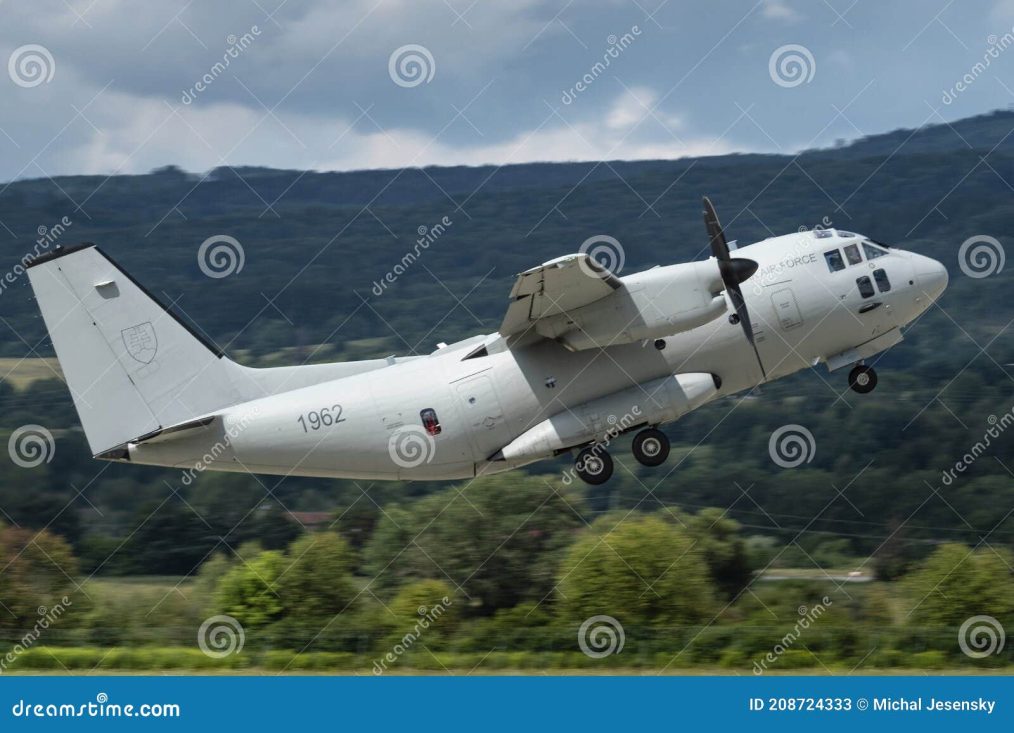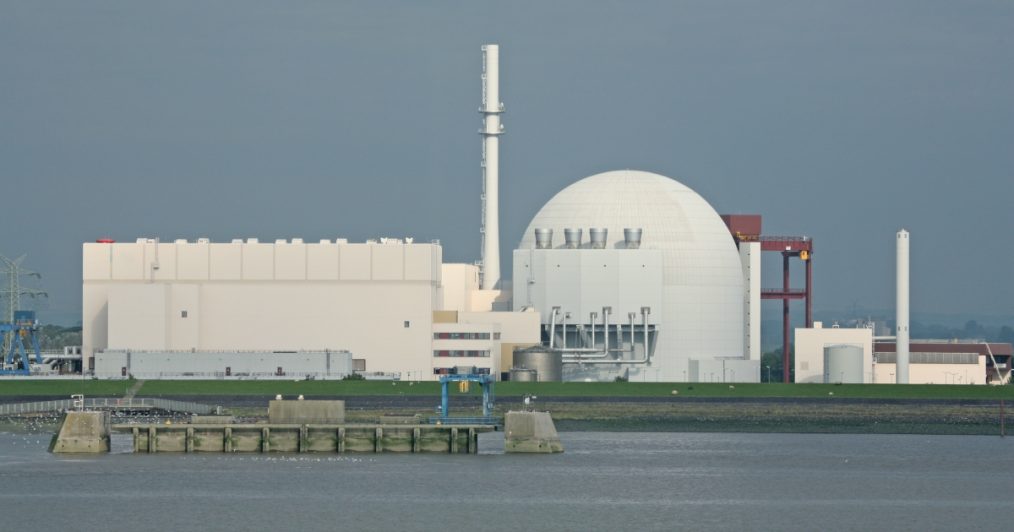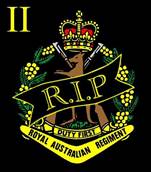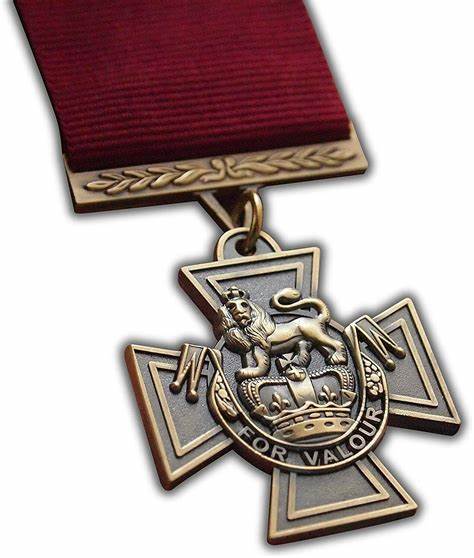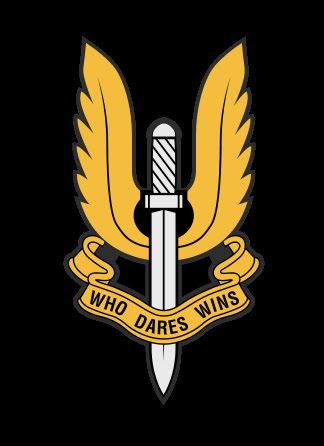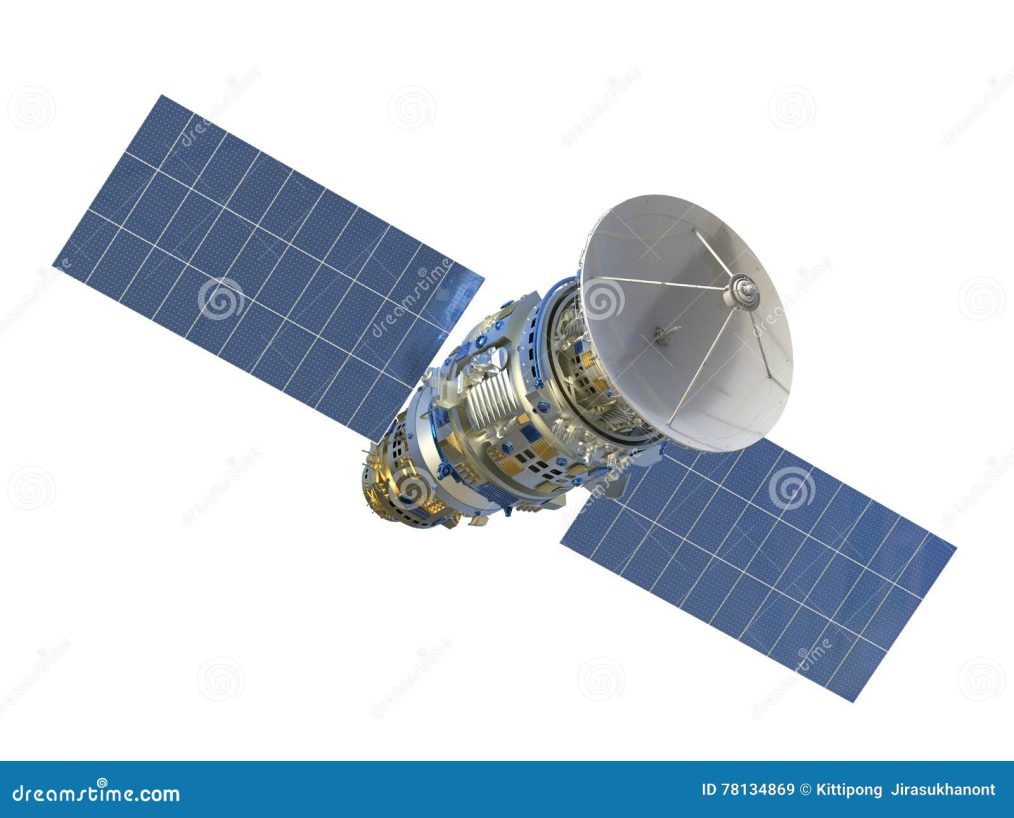The Australian Defence Force (ADF) has supported the Forum Fisheries Agency’s (FFA) fourth maritime surveillance operation of 2024, Operation Kuru Kuru. ADF support to Op Kuru Kuru includes the deployment of a Royal Australian Air Force C-27J Spartan from 35 Squadron and supporting personnel to Suva, Fiji to join Fiji and our Pacific partners conducting maritime surveillance of Fiji’s exclusive economic zone. ADF support to Op Kuru Kuru is under the banner of Operation Solania, the ADF contribution to maritime surveillance within the Pacific region. Australia is committed to continuing to work with our Pacific family against the threat to territorial sovereignty and economic development caused by illegal exploitation of fisheries and natural resources in their exclusive economic zones.
It is the late afternoon of August 18, 1966. Within the next few hours D Company of the 6th Battalion, Royal Australian Regiment, will be involved in Australia’s most brutal day of fighting in the Vietnam War, in what will be known as the Battle of Long Tan. The Battle of Long Tan will see approximately 108 young men of D Company in the fight of their lives against over 2,500 battle hardened Viet Cong and North Vietnamese soldiers. 11 platoon in particular will experience a multitude of human wave attacks on a scale that rocks them to their very core. Today we take a look at the key events of this battle and attempt to take you on a journey as we shine a light on one of Australia’s most important days in military history.
23 Nov 1944 – 20 Nov 2024
6 Sect 5 Pl B Coy 2 RAR/NZ (ANZAC) Bn
South Vietnam (19 May 1967 – 25 Jun 1968)
Bill, late of Beverly WA passed away on the 20 Nov 2024, aged 79 years.
Bill served in Malaysia with 4 RAR (1965), later in South Vietnam with 2 RAR/NZ (ANZAC) Bn (19 May 1967 – 25 Jun 1968), 1 Australian Reinforcement Unit (23 Dec 1968 – 09 Feb 1969),
4 RAR/NZ (ANZAC) Bn (10 Feb – 13 May 1969(, HQ 1st Australian Task Force (14 May – 08 Jun 1969), 9 RAR (9 Jun – 08 Oct 1969).
Bill was a member of 2 RAR Association for many years.
May He Rest in Peace
No formal funeral but a commemorative moment at the Beverley RSL (WA).
ED: This Documentary runs for 2¾ hours, I haven’t watched in all at this stage, but I will when I have time.
When the US enters the Vietnam War, it’s confident in its military might, but it soon finds itself struggling with an underestimated enemy, a widening war, and political turmoil at home. North Vietnam has been fighting for an independent and unified Vietnam for decades. As both sides clash in the jungles of Vietnam, Laos, and Cambodia, the war becomes a quagmire in which military power alone cannot secure victory.
Chapters:
00:00 Part I: Why did the Vietnam War Break Out?
28:19 Part II: Vietnam War 1965-67
50:02 Part III: Tet Offensive 1968
01:15:04 Part IV: Vietnam War 1969-1975
01:43:17 Part V: Forgotten Armies of the Vietnam War
01:59:59 Part VI: Vietnam War in Laos and Cambodia
02:25:11 Epilogue: Why the US Lost the Vietnam War
ED: This story by the ABC was in my inbox this morning thanks to John Gibbins – If you come across any stories or articles that you think others might be interested in reading, please forward them to me at hq@frontline.asn.au
CLICK LINK to read this ABC article
Defence Today
The Australian Defence Force (ADF) is rapidly adapting to the evolving satellite communications landscape, following the cancellation of the $3 billion JP9102 program. Fleet Space Technologies has successfully demonstrated two-way voice and data transmission via its reprogrammed Centauri 6 satellite, showcasing a shift toward advanced, cost-effective, and resilient solutions in Low Earth Orbit (LEO).
Fleet’s Centauri 6 satellite, operating in the favoured LEO, represents a critical breakthrough in sovereign satellite communication (SATCOM). The company revealed its achievements at the MilCIS industry event, emphasizing that advanced microsatellite architectures are key to creating resilient multi-orbit systems.
The demonstration builds on Fleet’s earlier success with Centauri 4, the world’s smallest voice-enabled satellite, and marks a significant step forward. Using a re-engineered waveform developed in collaboration with Safety from Space, SmartSAT CRC, UniSA, and the Defence Science and Technology Group, Fleet’s innovation aligns with Defence’s strategy for secure, distributed communications.
The move comes weeks after Defence Minister Richard Marles announced the axing of JP9102, citing the growing vulnerability of single geostationary satellites to emerging threats, such as anti-satellite weaponry. Marles emphasized the need for distributed systems, arguing they offer greater resilience and faster deployment.
Air Commodore Peter Thompson, a leading figure in Defence’s space capability, reaffirmed that the JP9102 program is not entirely shelved but redirected to meet current and future challenges. “We’re just working out the best way to use [the allocated funds] in the current environment,” he said, addressing concerns from industry stakeholders.
Despite the abrupt cancellation, Lockheed Martin, previously selected as the preferred tenderer for JP9102, had yet to finalize the contract. The project, which promised over 200 jobs, will now pivot towards exploring multi-orbit solutions driven by advancements in microsatellite technology.
Defence’s strategy reflects a broader shift in military satellite communication, leveraging the capabilities of smaller, distributed satellites to counter emerging threats effectively. This approach positions Australia as a key innovator in sovereign satellite systems while aligning with global trends in defence technology.
As Fleet Space and other Australian companies lead in advancing satellite communications, the ADF is poised to capitalize on cutting-edge capabilities to ensure secure and resilient communications, staying ahead of technological and geopolitical challenges.
The Times
As fears of global conflict intensify, President-elect Donald Trump is reportedly preparing to reinstate a ban on transgender individuals serving in the U.S. military. Sources indicate Trump plans to sign an executive order on January 20, his first day back in the White House, effectively ejecting an estimated 15,000 transgender personnel and barring future enlistments.
Insiders revealed that under the proposed policy, transgender troops—regardless of their years of service—would be discharged on medical grounds, labelled as “unfit for duty.” Speaking to The Times, one source said: “These people will be forced out at a time when the military is already struggling to meet recruitment targets. Only the Marine Corps is currently meeting its quotas, and some of those affected hold critical senior roles.”
This policy echoes Trump’s first-term ban on transgender service members in 2019, which was later overturned by President Joe Biden. The original prohibition, first enacted during the mid-20th century, was lifted briefly from 2016 to 2019 under the Obama administration, allowing transgender people to serve under certain conditions. Trump’s reinstatement of the ban sparked significant backlash, with critics likening it to the now defunct “Don’t Ask, Don’t Tell” policy that once excluded LGBTQ+ individuals from military service.
The proposed policy would prohibit anyone with a history of gender dysphoria or those who have undergone gender-affirming surgery from serving. To remain in the military, transgender individuals would need to conceal their identity, avoiding uniforms, facilities, or accommodations aligned with their gender. Trump previously defended his stance in 2017, claiming the move would prevent “tremendous medical costs and disruption.”
The timing of this decision comes as military recruitment struggles persist. Only 1% of Americans serve in the armed forces, and while the military enlisted 225,000 recruits last year, officials are spending heavily to boost numbers. Experts attribute the shortfall to a combination of low awareness, a competitive labour market, and unqualified candidates.
Critics argue the proposed ban would further strain recruitment efforts, eliminating capable and experienced service members in a time of heightened global uncertainty. For the LGBTQ+ community, the news has reopened old wounds, signalling a potential rollback of hard-won rights.
ED: I also read in Newsweek that Trump’s transition team denied that any decisions on the issue had been made. No decisions on this issue have been made. No policy should ever be deemed official unless it comes directly from President Trump or his authorized spokespeople.
Australians Call for a Pause on Immigration Amid Housing and Population Concerns
Australia’s record-high immigration intake has placed unprecedented pressure on the country’s housing market. Chronic shortages of affordable homes, surging rents, and a lack of sufficient infrastructure have fuelled frustration among Australians struggling to secure stable housing. Critics argue that the Labor government’s policies, while aimed at addressing skills shortages and economic growth, have exacerbated existing inequalities and overlooked the practical limitations of infrastructure and housing supply.
Earlier this year, the Australian Population Research Institute (TAPRI) published a landmark survey that revealed growing resistance to high immigration levels and the concept of a “Big Australia.” Conducted in December 2023 and released in April 2024, the study polled 3,000 voters across the nation and uncovered that 74% of respondents supported reducing net overseas migration. This striking figure reflects mounting dissatisfaction with policies perceived as prioritizing rapid population growth over the well-being of current residents.
The housing crisis is reaching critical levels. Many renters face fierce competition, while homeownership becomes increasingly unattainable for middle-class Australians. Meanwhile, the strain on public services, transportation networks, and urban planning has left communities grappling with overcrowding and diminished quality of life.
Experts, including TAPRI researchers, argue that halting or dramatically reducing immigration until housing and infrastructure can catch up is essential. The current model, they warn, risks eroding social cohesion and fuelling resentment. “Australians overwhelmingly feel that their voices are being ignored,” says a TAPRI spokesperson. “The desire for lower immigration levels stems not from xenophobia but from a pragmatic understanding of the challenges we face as a nation.”
The debate over immigration policy has also become a key political issue, with voters increasingly demanding accountability from their leaders. Many feel betrayed by what they view as Labor’s mismanagement, citing that its immigration-driven growth strategy prioritizes corporate profits and GDP over community well-being and sustainability.
As public sentiment shifts, the question remains: will policymakers heed the call for change? With clear evidence of widespread public discontent and mounting challenges in housing and infrastructure, Australians are urging leaders to pause immigration, reassess priorities, and invest in a sustainable future.
The growing movement against high immigration is not anti-immigration per se but a call for balance. As one survey respondent succinctly put it, “Australia needs to take a step back, address the issues at hand, and ensure we’re ready to welcome new people without compromising the lives of those already here.”

